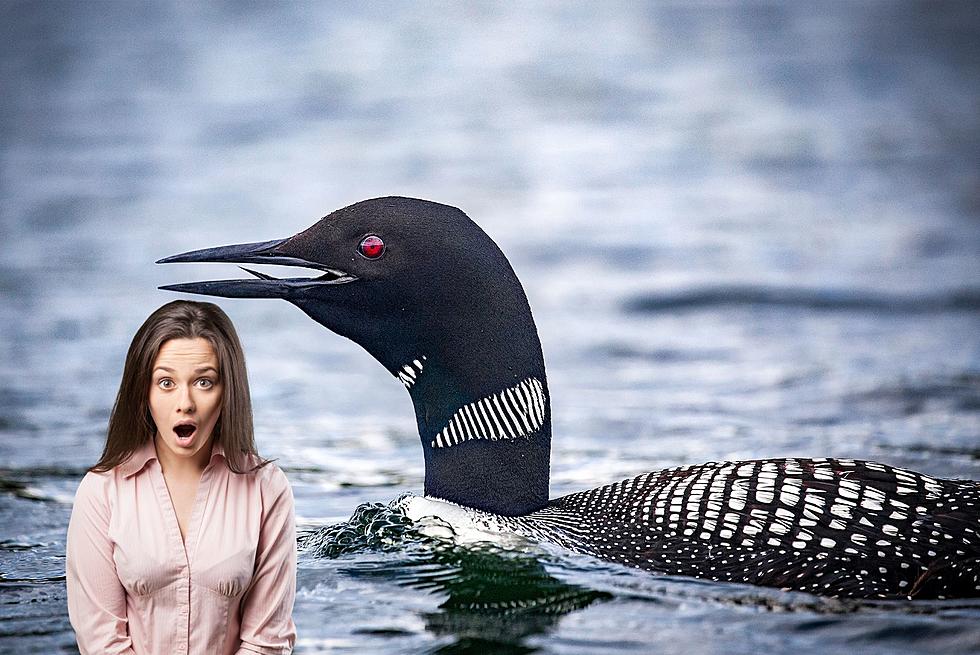
Weird Facts You Probably Didn’t Know About The Minnesota Loon
The Loon is the Minnesota State Bird. You knew that. But did you know these crazy little fun facts about the Common Loon?
Once you've heard the haunting wail of the Minnesota Loon you will never forget it. It's almost magical.
Weird Facts You Probably Didn't Know About The Minnesota Loon-Getty Thinkstock
Did you know there are 4 kinds of Loon calls?
- Wail: This call allows loons to maintain contact with each other over long distances.
- Yodeling: This sound is to assert their territorial claims.
- Tremulous: When the loon is feeling threatened or protecting its young, it produces a tremulous tremolo call.
- Hoots: These are soft, intimate calls exchanged between mated pairs or between parents and their chicks.
Weird Facts You Probably Didn't Know About The Minnesota Loon-Getty Thinkstock
Loons return to Minnesota in the springtime around April or early May.
Their breeding range includes Minnesota, Alaska, Canada, Washington, Idaho, Montana, North Dakota, Wisconsin, Michigan, New York, Vermont, New Hampshire, and Maine.
Weird Facts You Probably Didn't Know About The Minnesota Loon-Getty Thinkstock
Other Loon fun facts...
- Loon babies can swim and catch fish on their own within just a day or two of hatching, which is incredibly fast for a bird.
- Loon parents have been known to carry their chicks on their backs shortly after hatching to protect them from gulls and other potential predators.
Minnesota Loon Baby-Getty Thinkstock
- Loons have solid bones that make them less buoyant and better able to dive deeply underwater, unlike most other birds that have hollow bones to aid flight.
- Loons are essentially ungainly on land because their legs are positioned so far back on their bodies, which helps with swimming but makes walking difficult.
- Loons can travel thousands of miles during migration by alternating between swimming across small bodies of water and flying over land.
Weird Facts You Probably Didn't Know About The Minnesota Loon-Getty Thinkstock
- Loon calls can be heard from over a mile away underwater, which helps keep mated pairs in contact while feeding.
- Loons have reddish eyes and sharp bills that can grip slippery fish, which along with their striking black-and-white plumage gives them an almost prehistoric look.
Weird Facts You Probably Didn't Know About The Minnesota Loon-Getty Thinkstock
- Loons ingest small pebbles and feathers to help grind up their food since they don't have a crop like other birds.
- Loons average 32" from bill tip to tail tip.
- Loon pairs mate for life.
- Common loons are among the deepest diving birds on earth. They can dive up to 160 feet.
- Loons act as reliable barometers for assessing water quality. Their presence is heavily dependent on the availability of lakes with exceptional clarity. This allows them to effortlessly spot and capture their prey.
Minnesota's Must See World's Largest Roadside Attractions
If you are making some family summer vacation plans maybe check out Minnesota's Roadside Attractions like the World's Largest Otter, Pelican, Babe The Blue Ox, and more!




